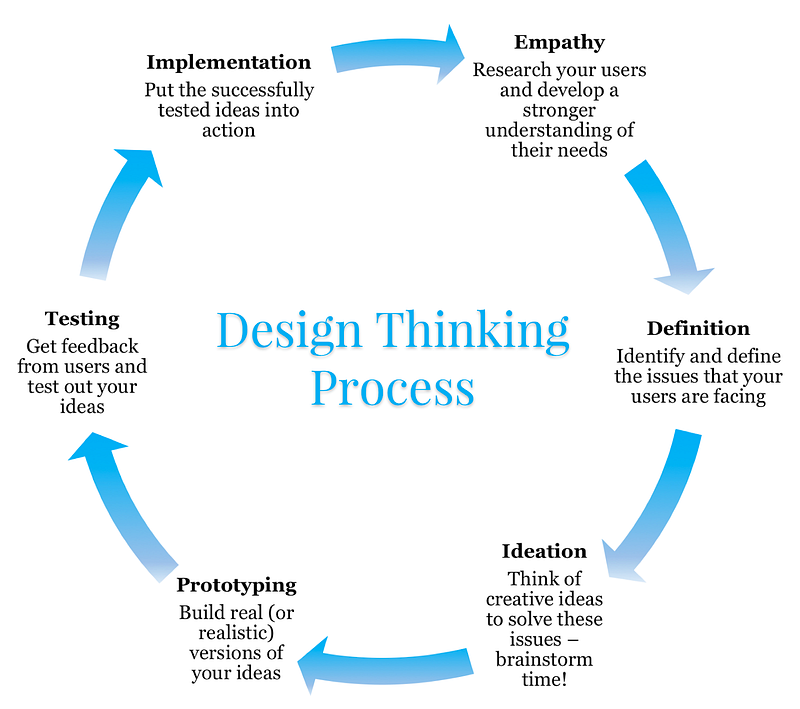Design Thinking 101: what SaaS companies can learn from design sprints
There’s been a lot of hype in the tech world around design thinking.

Mais qu'est-ce que le design thinking ? Et que pouvons-nous en apprendre ?
Mieux encore, comment les entreprises SaaS peuvent-elles l'utiliser et le mettre en œuvre ?
Let’s get started! 👇
Qu'est-ce que la pensée design ?
En bref, la pensée design est une approche itérative et flexible qui se concentre sur une meilleure compréhension des utilisateurs par le biais de la conception et de la collaboration.
It’s all about putting forward ideas that emphasize how your users think and behave.
Design thinking allows your team to explore real issues that real users want to solve. 🙌
Et vous pouvez y parvenir grâce à des séries d'itérations et de prototypages qui aboutissent finalement à des mises à jour de votre ou de vos produit(s) qui rendent vos clients heureux.
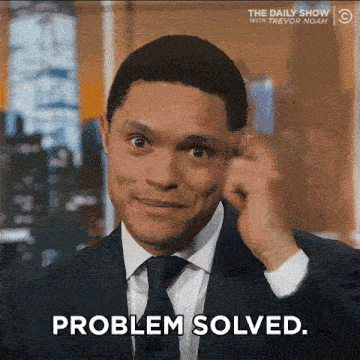
Ce processus permet également à votre entreprise de trouver des solutions ou des stratégies alternatives qui n'auraient pas été envisagées dans la conception initiale.
Comme vous l'avez peut-être déjà remarqué, le "design thinking" est axé sur les utilisateurs, ou clients, d'un produit. Il est construit avec l'empathie à l'esprit.
Because, after all, some of the best products out there today are also some of the most human-centric products as well. 👫
Since it’s a collaborative process and is intended to be iterative, there is quite a bit of brainstorming, prototyping and testing involved.
What is the design thinking process?
With all of these different aspects of design thinking, it’s easy to get confused or get a little lost. 🙇
Il faut toutefois garder à l'esprit qu'il existe plusieurs façons d'étiqueter ce processus et que de nombreuses ressources donnent des noms différents à ces étapes, mais que l'exécution de chacune d'entre elles reste intacte.
Le processus peut être envisagé en trois phases globales : Comprendre, Explorer et Matérialiser.
So let’s break it down step by step.
Understanding the user
Empathie
First thing’s first: you need to better understand your users.
Empathy is a major part of design thinking — because it’s the key to thinking of human-centric solutions. 💛
Faites des recherches, observez et interrogez même vos utilisateurs. Mettez-vous à leur place.
Try to figure out what they want or some of the problems they’re trying to solve in their daily lives, what motivates them and how they experience your company — then try to figure out comment votre entreprise leur facilite la vie.
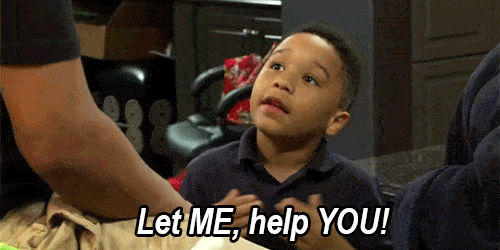
It’s important to put your own assumptions and biases aside and really try to gain insights into how your users think and feel.
And while the amount of time you should spend on this step greatly depends on your own time constraints, do your best to gather as much information possible before moving to the next step. ➡
Les sprints de design thinking sont optimaux s'ils durent environ une semaine au total, bien que certaines entreprises préfèrent des sprints de deux semaines.
Plus vous recueillerez d'informations, mieux vous comprendrez vos utilisateurs et leurs besoins.
Définition
Sur la base de toutes les informations importantes que vous avez recueillies au cours de la première étape, vous pouvez maintenant commencer à identifier et à définir les problèmes que vous souhaitez résoudre pour vos utilisateurs.
Analyze and then synthesize these findings in order to get to the core of what your users want — this usually comes in the form of a human-centric problem statement.
These problem statements combine three elements — user, need, insight — and turn them into addressable questions to tackle. 🤔
Exemples d'énoncés de problèmes :
- Comment pouvons-nous aider les utilisateurs à s'intégrer plus rapidement ?
- Comment pouvons-nous rendre notre service à la clientèle plus efficace ?
- Comment rendre nos guides pratiques plus attrayants ?
Ces énoncés de problèmes rendent le processus d'idéation (notre prochaine étape) beaucoup plus clair.
It also makes it easier to define the how rather than just the why — which helps you get to the heart of users’ needs.
Exploring possibilities for your users
L'idée
Now that you’ve determined the things you want to tackle, this stage is where you start to come up with ideas. 😁
You now better understand your users thanks to the Empathy stage, and you’ve identified what you’d like to solve in the Definition stage, so now it’s time to figure out how you’re going to make it happen.
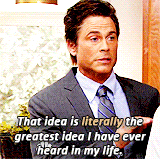
Il existe de nombreuses façons de procéder à cette étape, car les méthodes vont du remue-méninges à la pire idée possible, en passant par SCAMPER.
Use what your team prefers, or what you feel will help you find the best solutions. It’s even better if you use a mix of methods during this step.
Gather as many ideas as possible in the beginning, then start to discuss and determine which ones you’d like to try out.
Prototypage
It’s now time to produce examples of your ideas!
Prototyping is the opportunity for your team to create stripped-down, inexpensive versions of the products/features you want to test. 💪
Cela permet à votre équipe d'explorer de manière plus tangible les solutions qu'elle a trouvées lors de l'étape précédente.
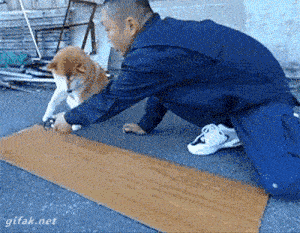
Une fois créés, les prototypes peuvent être testés au sein de l'équipe ou avec un autre département de l'entreprise afin de déterminer les meilleures solutions possibles issues des premières étapes du processus.
At this point, your team can determine whether each idea is accepted, rejected or improved and re-evaluated. ✅
Pour passer à l'étape suivante, l'équipe doit avoir une meilleure idée des contraintes et des problèmes liés au produit ou à la fonctionnalité, afin de mieux comprendre ce que les utilisateurs réels ressentiront probablement dans la version finale.
Materializing your ideas for users
Essais
Once the best ideas are determined from the prototyping phase, it’s time to test them!
Recueillir les commentaires des utilisateurs, monitor any changes in engagement or usage of your product/feature and try to determine how much this change has improved the experience of your users. 😍
It’s entirely possible that you will continue to make improvements as you start to get user feedback — the process is designed so that you can iterate and adapt as needed throughout.
Mise en œuvre
Finally, once you’ve successfully tested your new product/feature, it’s time to officially implement it as a permanent addition to your company.

The things you address for your users during this process can always be revisited if another problem arises. It’s a cycle — so the quest for a better user experience can continue as much as you see fit.
What are we supposed to learn from this?
We’ve touched on the fact that design thinking uses empathy to better understand your users, but it also helps you reinforce the feedback loop.
By empowering your users to give more feedback and try out more new features or products, it makes them feel seen and listened to, and it makes for happier, more satisfied customers in the end. 🤗
How could this apply to SaaS?
Design thinking can be applied to a variety of industries and organizations — including within SaaS companies. 👍
Perhaps you’re feeling stuck on how to make your onboarding process more streamlined?
Or maybe there’s a particular new feature you aren’t sure how to implement?
La pensée design peut résoudre ces problèmes et bien d'autres encore.

Cela permet non seulement à votre entreprise d'établir une plus grande confiance entre vous et vos utilisateurs actuels et une plus grande crédibilité entre vous et les prospects, mais cela aide également votre entreprise à sortir un peu des sentiers battus.
Once you remove yourself mentally (and emotionally) as an employee and really put yourself in the shoes of the user, you’re able to have a clearer vision of what needs to be improved or created in order to make your users have the best experience possible. 🤟
L'expérience utilisateur peut parfois être négligée lors de la création d'une entreprise.
There are so many other things to think about — administration, staffing, building the actual tech around the product, marketing, etc. so it can sometimes lead to a lack of empathy toward your users. 😓
Don’t do that.
Instead, think about the things your users are giving you feedback on (and if you aren’t collecting any type of feedback, get on that right now) and start to think about what you can do to tackle their issues.
Whether it’s offering clear, visual data or a navigation that makes sense, design is a crucial part of a product’s success — so make sure you’re giving them the best possible product, both in terms of tech and in terms of usability.
OK, I want to try this with my company. How do I get started?
There is a vast amount of knowledge and resources on design thinking available online — yes, surprising, I know. 😅
But really the first thing you should do to get started is to discuss with your team that you’d like to try this method and have everyone “buy into” design thinking.
That’s not to say that you’re trying to sell them snake oil or are asking them to join a cult, but it’s important for your team to be in the right mindset when trying to learn from users.
Design thinking sprints can take a lot of creative thinking and requires the ability to have an open mind — so it’s good to at least give them a head’s up about the purpose and process.
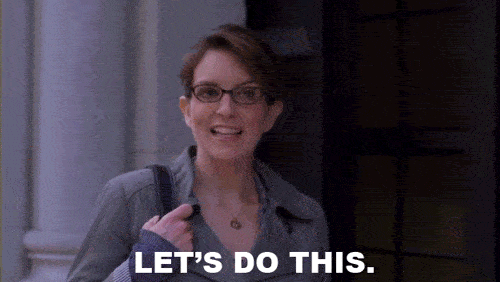
Une excellente ressource pour vous aider, vous et votre équipe, à en apprendre davantage sur la pensée design elle-même est Stanford D.School : A Virtual Crash Course in Design Thinking, mais comme nous l'avons dit, il en existe des tonnes.
If you’re interested in trying design sprints with your team, there’s an excellent Google Ventures page all about design sprints and some resources to help get you started as well.
Happy design thinking! 🤘
Nous espérons que cet article vous a plu. Si c'est le cas, passez le mot !
Pour en savoir plus sur les startups, le marketing de croissance et les ventes :
- 22+ Best Sales Podcasts You Should Check Out in 2024 - décembre 21, 2023
- Scripts d'appel à froid pour les êtres humains - 21 septembre 2023
- Les 25+ meilleurs outils de vente pour aider votre équipe à réussir - 10 août 2023

